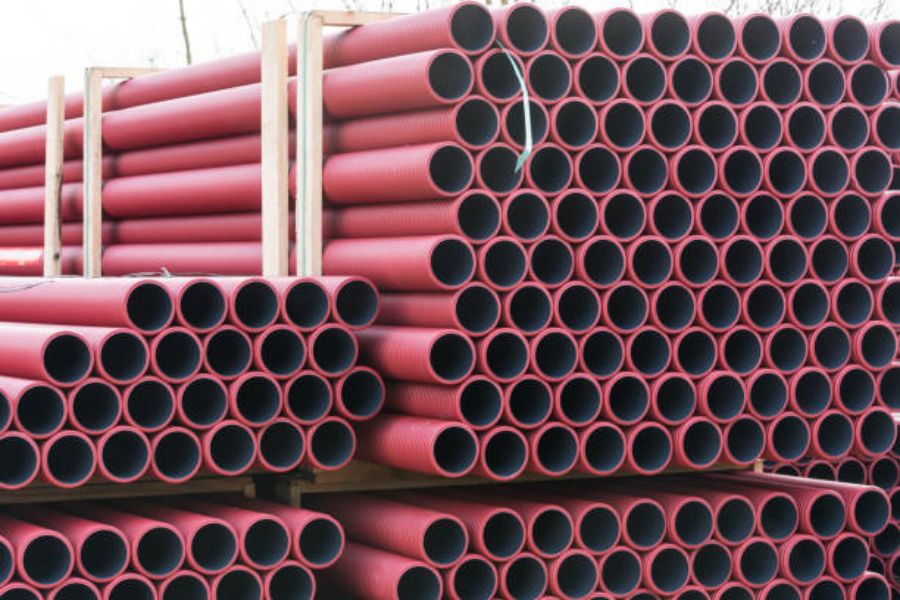Introduction
For any plumbing system, the choice of material for pipes plays a key role in ensuring its longevity and efficiency. One material that has been gaining popularity in recent times is pe pressure pipe. This article will delve into what PE pressure pipe is, its benefits, and why it is an ideal choice for your plumbing needs.
What is PE Pressure Pipe?
PE pressure pipe is a piping material made from polyethylene, a durable and flexible thermoplastic polymer. It is commonly used in the transportation of water and gas in residential and commercial plumbing systems. PE pressure pipe has a high resistance to chemicals, corrosion, and impact, making it a reliable and long-lasting choice.
Benefits of Using PE Pressure Pipe
There are several benefits to using PE pressure pipe for your plumbing needs. Firstly, it is lightweight and easy to install, reducing the installation time and costs. Secondly, it has a high resistance to abrasion and impact, making it ideal for use in areas with high traffic. Thirdly, PE pressure pipe is highly flexible, which means it can be bent to fit the contours of a space without the need for joints or fittings, reducing the risk of leaks. Lastly, it has a smooth interior surface that minimizes friction, reducing the risk of clogs and blockages.
Applications of PE Pressure Pipe
PE pressure pipe has a wide range of applications in plumbing systems. It is commonly used for transporting potable water, wastewater, and natural gas. It is also ideal for use in irrigation systems for agriculture and the transportation of chemicals. Additionally, it can be used in geothermal systems to transport fluids for heating and cooling.
Installation of PE Pressure Pipe
PE pressure pipe installation involves several steps. Firstly, the pipe needs to be cut to the desired length using a specialized cutting tool. The cut ends must be cleaned and deburred to ensure smooth pipe connections. Secondly, the pipe ends are heated using a heating element to soften the plastic, allowing them to be fused together. This process, known as butt fusion, creates a tight and strong joint. Thirdly, the fused pipe sections are cooled, and the joint is checked for any leaks. Lastly, the installed pipe is tested using a pressure test to ensure it can withstand the intended pressure.
Maintenance of PE Pressure Pipe
PE pressure pipe requires minimal maintenance. However, to ensure its longevity and efficiency, it is important to regularly inspect it for wear and tear and replace any damaged sections. Additionally, it is important to ensure the pipe is exposed to minimal sunlight as UV rays can degrade the plastic material over time. Furthermore, it is important to avoid using abrasive materials or chemicals that can damage the pipe's surface or joints.
Cost of PE Pressure Pipe
PE pressure pipe is a cost-effective option for plumbing systems. Compared to traditional piping materials such as copper and steel, PE pressure pipe is lightweight and easy to install, reducing the installation costs. Additionally, it requires minimal maintenance, reducing the long-term costs of repairs and replacements.
Environmental Considerations
PE pressure pipe is an eco-friendly option for plumbing systems. It is 100% recyclable and can be reused in the production of new products, reducing its impact on the environment. Additionally, its lightweight nature reduces the carbon footprint during transportation and installation, making it an ideal choice for eco-conscious consumers.
Conclusion
PE pressure pipe is a reliable and efficient choice for plumbing systems. Its high resistance to chemicals, corrosion, and impact, coupled with its flexibility, minimal maintenance needs, and cost-effectiveness make it an ideal option for both residential and commercial systems. Additionally, its eco-friendly nature makes it a sustainable choice for consumers looking to reduce their impact on the environment.

